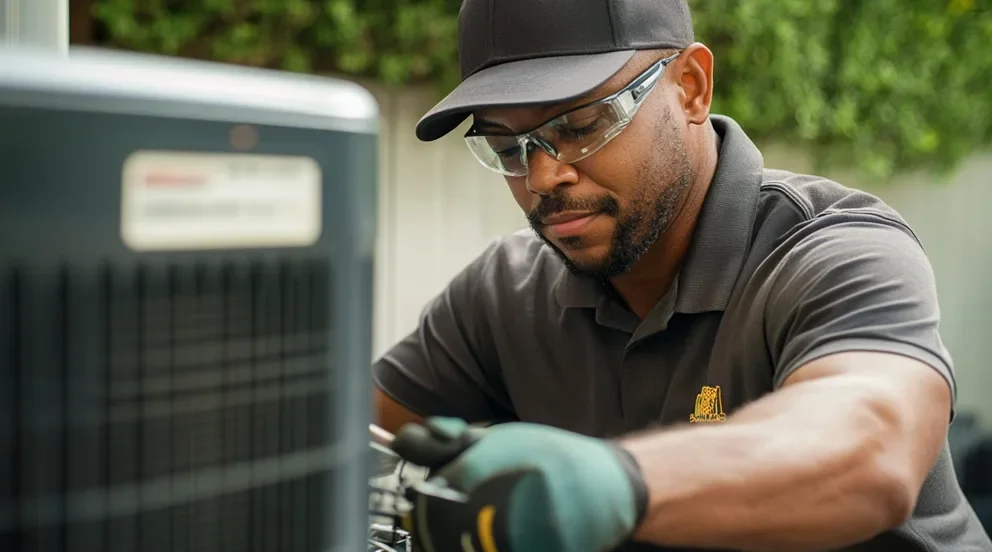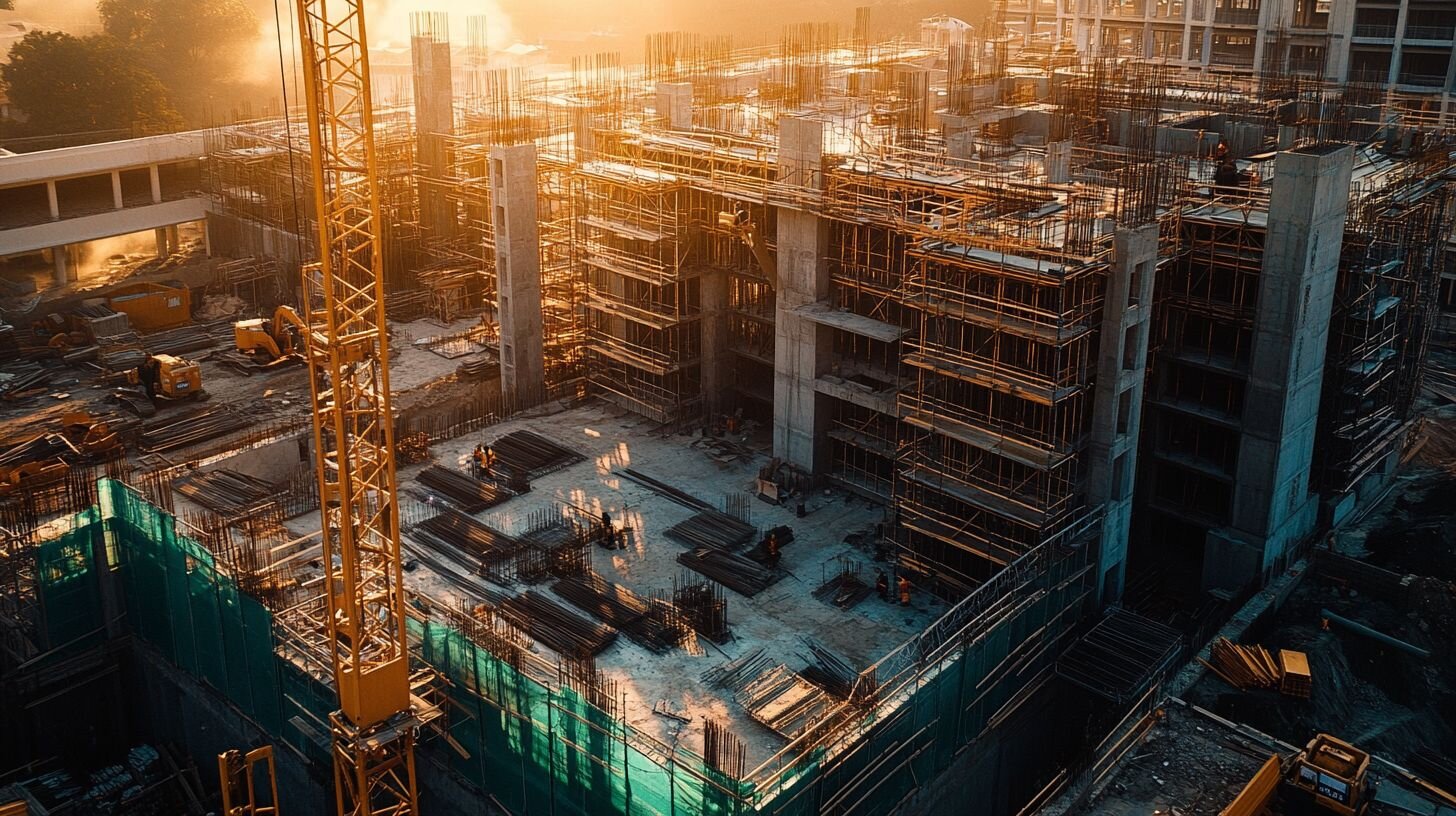MEP Rough-in is a stage in the mechanical, electrical and plumbing (MEP) installation process. It is the initial installation process of all the components that are necessary to make a building’s MEP systems operational. This includes all of the pipes, conduits, ducts, wiring, and other parts that are necessary for the system to work properly.
The MEP rough-in phase includes the installation of the basic components such as pipes, conduits and ducts for plumbing and HVAC systems, as well as wiring for electrical systems. It is important to ensure that all components are correctly installed and that they are installed in the correct location. This will ensure that the systems run smoothly once they are in operation.
MEP rough-in also includes the installation of other related components such as fire safety systems, security systems, and lighting systems. These components are necessary to make sure that the building meets all safety regulations. It is also important to make sure that the MEP systems are properly connected to the main power source, so that the building can draw the necessary power it needs to run its various systems.
MEP rough-in is a necessary step in the construction process and is an important part of making sure that the building is safe and efficient. It is important to make sure that all components are installed correctly, as this will ensure that the systems are reliable and that they are able to run efficiently.
What are some of the components of MEP rough-in?
MEP Rough-in is the initial installation process of all the components necessary to make a building’s MEP systems operational. It includes all of the pipes, conduits, ducts, wiring and other parts that are necessary for the system to work properly. The components of MEP rough-in include:
• Pipes and fittings for plumbing and HVAC systems.
• Wiring for electrical systems.
• Fire safety systems, such as smoke detectors, fire alarms, and fire suppression systems.
• Security systems, such as cameras and access control systems.
• Lighting systems, such as emergency lighting, task lighting and outdoor lighting.
• Control systems, such as thermostats and sensors for temperature, humidity and air quality.
• Insulation for all pipes, ducts, and wiring, as well as any other components that need to be insulated.
• Connections to the main power source.
• Testing and inspection of all components to ensure that they are installed correctly and that they will be safe and efficient in operation.
MEP rough-in is an important part of making sure that the building is constructed correctly and is safe and efficient. It is important to make sure that all components are installed correctly and that they are connected to the main power source, so that the building can draw the necessary power it needs to run its various systems.
What is the importance of the MEP rough-in process?
MEP Rough-in is an important part of the construction process that ensures that the building is safe and efficient. This is done by installing the necessary components such as pipes, conduits, ducts, wiring and other parts that are necessary for the building’s MEP systems to operate correctly.
The MEP rough-in phase is important because it ensures that all components are installed correctly and that they are connected to the main power source, so that the building can draw the necessary power it needs to run its various systems. It also ensures that all safety regulations are met and that the systems are reliable and efficient in operation.
The MEP rough-in process also includes the installation of other related components such as fire safety systems, security systems, and lighting systems. These components are necessary to make sure that the building meets all safety regulations. It is also important to make sure that the MEP systems are properly connected to the main power source, so that the building can draw the necessary power it needs to run its various systems.
In addition, the MEP rough-in phase also includes testing and inspection of all components to ensure that they are installed correctly and that they will be safe and efficient in operation. This is important in order to ensure that the building is up to code and is safe for people to use.
Overall, the importance of the MEP rough-in process is to ensure that all components are installed correctly, that the systems are reliable and efficient, and that the building meets all safety regulations. It is an important part of the construction process and is necessary to make sure that the building is safe and efficient.
What safety regulations must be met during MEP rough-in?
MEP Rough-in must meet a number of safety regulations to ensure that the systems are reliable and efficient in operation. These include:
• National Fire Protection Association (NFPA) standards for fire protection and security systems.
• Occupational Safety and Health Administration (OSHA) standards for wiring, pipes and ducts.
• International Building Code (IBC) requirements for insulation, lighting, control systems, ventilation, smoke detection/fire alarms and other components.
• Electrical codes pertaining to connection to the main power source and any other applicable local codes or regulations.
In addition to these regulations, it is also important that all components are installed correctly and that they are connected to the main power source, so that the building can draw the necessary power it needs to run its various systems. It is also important to test and inspect all components to ensure that they are safe and efficient in operation.
Overall, meeting safety regulations during MEP rough-in is essential in order for a building to be up to code and safe for people to use. It is an important part of making sure that the building is constructed correctly and is safe and efficient in operation.
What is the importance of making sure that the MEP systems are correctly connected to the main power source?
Making sure that the MEP systems are correctly connected to the main power source is essential in order for the building to draw the necessary power it needs to run its various systems. It also ensures that all safety regulations are met and that the systems are reliable and efficient in operation.
The importance of making sure that the MEP systems are correctly connected to the main power source can be seen in two different ways: first, it enables a building to draw sufficient power from an energy supply, meaning crucial operations such as lighting, heating, cooling and ventilation can be properly managed; second, it reduces potential risks associated with incorrect connections or lack of electrical current, which could lead to serious damages or even dangerous for people inside a building.
How can proper installation of MEP components ensure a building runs efficiently?
Proper installation of MEP components is essential in order to ensure that a building runs efficiently. This includes ensuring that all components are correctly connected and fitted, as well as making sure that the systems are properly tested and inspected before use.
By taking these steps, it can help reduce or eliminate any potential risks associated with incorrect connections or lack of electrical current, which could lead to serious damages or even dangerous for people inside a building. Additionally, other potential benefits include cutting down on energy waste by allowing the building to more efficiently draw power from an energy supply, meaning crucial operations such as lighting, heating, cooling and ventilation can be managed more effectively.
What are the most common mistakes made during MEP rough-in?
The most common mistakes made during MEP rough-in include improper wiring, incorrect sizing of components, incorrect installation of components, and inadequate testing and inspection. These errors can lead to a number of issues such as an inefficient operation of systems or even hazardous conditions for those in the building. Other common mistakes include failure to follow safety regulations such as NFPA standards, OSHA standards, IBC requirements and local codes; lack of connections to the main power source; and overlooking potential compliance issues.
It is important that all steps are taken to avoid these mistakes so that the building runs efficiently with minimal risk. This can be done by ensuring all components are properly connected and fitted; checking for any potential compliance issues; adhering to all safety regulations; and making sure that all components are tested and inspected before use.
In order to ensure the proper installation of MEP components, what steps should be taken?
In order to ensure the proper installation of MEP components, several steps should be taken. This includes verifying that all components are correctly connected and fitted, as well as testing and inspecting them beforehand. It is also important to check for any potential compliance issues, adhere to all safety regulations such as NFPA standards, OSHA standards, IBC requirements and local codes, make sure that they are connected to the main power source, and double-check that everything has been installed correctly before use. Additionally, it can help to have a professional inspect or supervise the process throughout to ensure that all components are safely and properly installed. Doing so will help guarantee that the building runs efficiently with minimal risk.
What steps should be taken to ensure that all components are correctly installed?
To ensure that all components are correctly installed, the following steps should be taken: verifying that all components are connected and fitted; testing and inspecting them beforehand; checking for any potential compliance issues; adhering to safety regulations such as NFPA standards, OSHA standards, IBC requirements and local codes; making sure they are connected to the main power source; double-checking that everything has been installed correctly before use; and having a professional inspect or supervise the process throughout. Additionally, it can also help to keep detailed records of all work done on the MEP system so that any future problems can be quickly identified and addressed. Doing these steps will help guarantee that the building runs efficiently with minimal risk.
What types of technology can be integrated into MEP systems during rough-in?
During MEP rough-in, a wide range of technology can be integrated into the system. This includes automation and building management systems that allow for energy efficiency; lighting control systems; ventilation and air conditioning systems; fire detection and suppression systems; security and access control systems; communication infrastructure such as audio/visual components; digital signage solutions; internet of things (IoT) devices to monitor data from various sensors in the building; and smart metering devices which track energy usage. By incorporating this technology during rough-in, buildings are able to run more efficiently with greater safety, comfort, convenience, and sustainability for their inhabitants.



